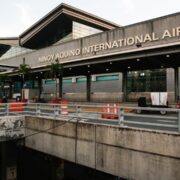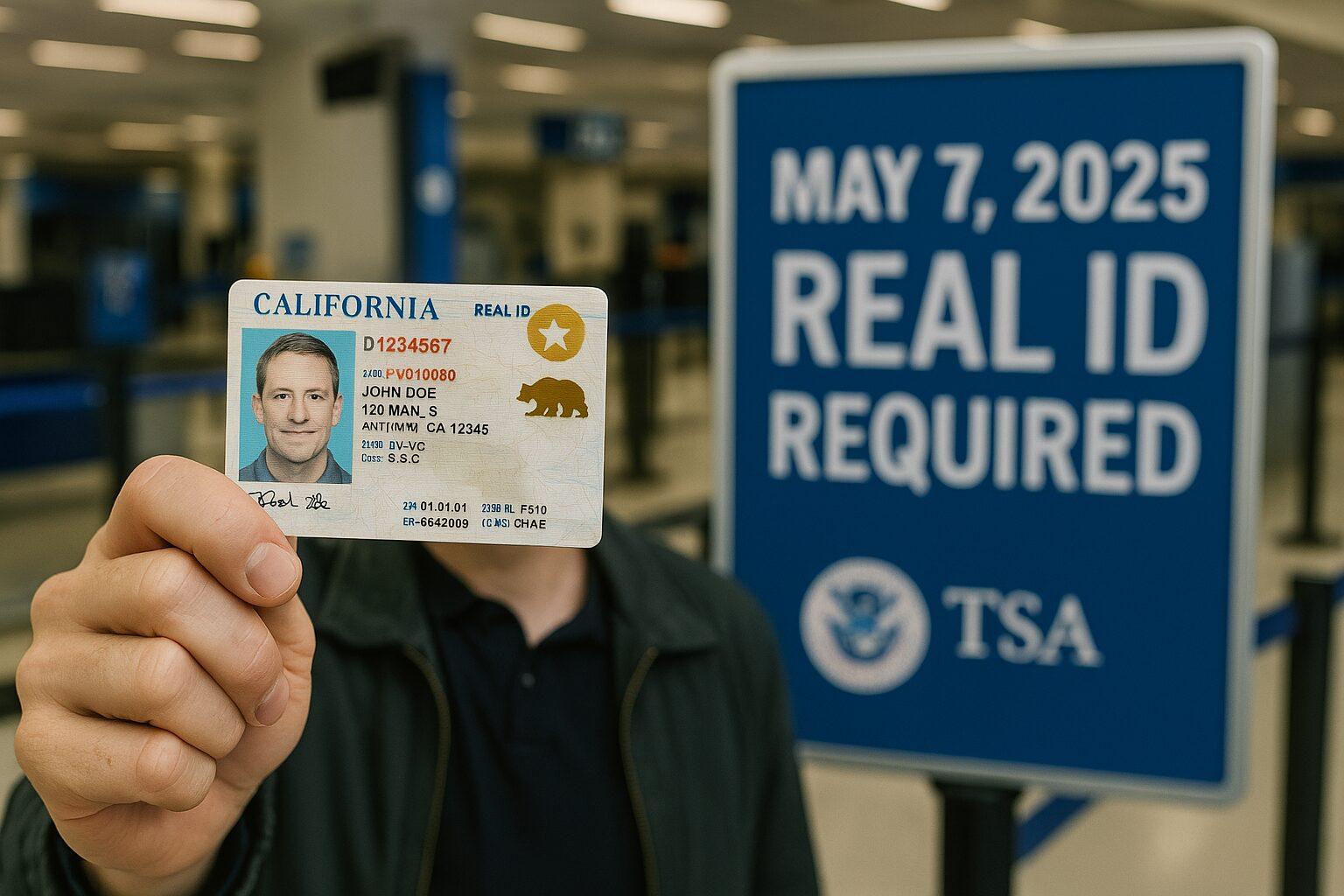THE Philippines is barring the entry of foreign travelers from the United States to prevent the transmission of the new COVID-19 variant.
The move comes after the new variant of the virus was detected in Florida, following the first two known cases in Colorado and California. The U.S.’ fourth case was recorded in New York on Monday, January 4.
The U.S. now joins the list of countries under a travel ban, including the United Kingdom, Denmark, Ireland, Japan, Australia, Israel, the Netherlands, Hong Kong, Switzerland, France, Germany, Iceland, Italy, Lebanon, Singapore, Sweden, South Korea, South Africa, Canada, and Spain.
“The Office of the President, upon the joint recommendation of the Department of Health and the Department of Foreign Affairs, included the United States of America (U.S.) as among the countries subject to travel restrictions,” Presidential Spokesperson Harry Roque said Friday, January 1.
Foreign passengers coming from the U.S., or who have been to the U.S. within 14 days preceding arrival in the Philippines, are prohibited from entering the country from January 3 to January 15.
However, those who arrived before January 3 were allowed to enter the country if they undergo a 14-day quarantine regardless of a negative COVID-19 swab test result.
Filipino nationals are exempted from the restriction, but they are likewise required to undergo a 14-day quarantine.
Malacañang also said that both Filipino and foreign travelers transiting through any of the countries covered by the travel ban “shall not be deemed as having come from or having been to that country” provided that they stayed in the airport the whole time and were not cleared for entry by immigration authorities.
They are also not required to complete a 14-day facility-based quarantine and may be allowed home quarantine after getting a negative RT-PCR test result at the point of entry.
Transiting foreign passengers who left the airport or were cleared for entry into the country covered by Manila’s travel restrictions are likewise prohibited from entering the Philippines.
Meanwhile, transiting Filipino citizens who left the airport or were cleared for entry into the country covered by the travel restrictions are allowed to enter the Philippines provided they undergo an absolute facility-based 14-day quarantine period, even if they obtain a negative RT-PCR test result.
As of this writing, the Philippines has recorded 479,693 COVID-19 cases and 9,321 fatalities, according to the Johns Hopkins Coronavirus Resource Center.
Bello: Expanding travel restrictions to OFWs being studied
The Philippine government’s Inter-Agency Task Force on the Management of Emerging Infectious Diseases (IATF) is also studying the possibility of prohibiting the entry of overseas Filipino workers (OFWs) from countries with confirmed cases of the new virus variant.
“Right now, if the traveler is coming from the 21 countries, he will not be allowed to enter. The only exemption [is] if you’re an OFW, but there is a move that even OFWs will be included, but it’s still being studied,” Philippine Labor Secretary Silvestre Bello III said in a virtual forum on Monday, January 4.
So far, no OFW has caught the new strain, according to Bello.
“Once we find an OFW contaminated by this new COVID-19 variant, this might be a factor that will move the IATF-EID to consider including them in the restriction,” he added.
The labor chief also revealed that the Overseas Workers Welfare Administration (OWWA) is concerned about the shortage of quarantine facilities for OFWs.
“I just had a meeting with OWWA administrator Hans Cacdac and he is apprehensive that we’ve run out of quarantine because we are repatriating at least 1,000 to a maximum of 3,500 OFWs a day,” Bello said.
A total of 327,511 OFWs have been repatriated since the Philippine Department of Foreign Affairs started its COVID-19 repatriation flights in 2020.
Of the figure, 231,537 were land-based OFWs coming from at least 90 countries, while 95,974 were seafarers from more than 150 cruise ships, oil tankers, and other bulk vessels.






